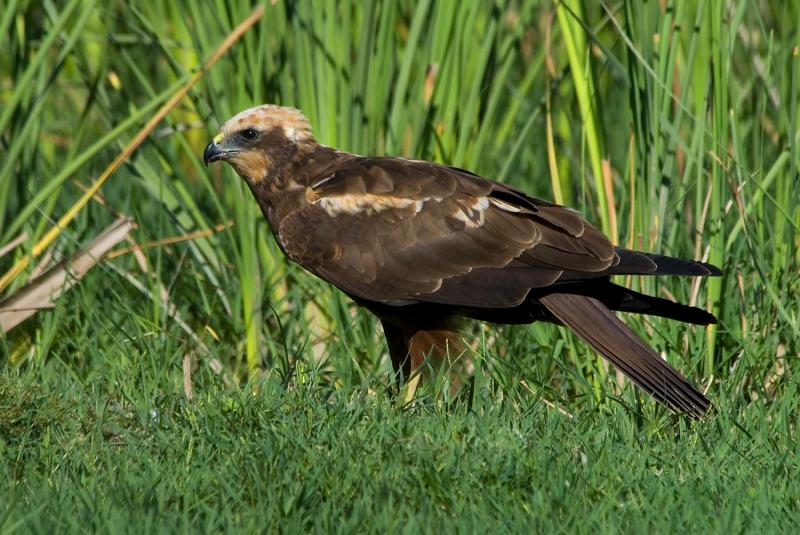The protection program of the Ministry of Climate Emergency and Ecological Transition allows the consolidation of the marsh harrier (Circus aeruginosus) population, which in 2021 reached a total of 33 pairs distributed in the three provinces of the Valencian Community.
The species, considered in Danger of Extinction in the Valencian Catalogue of Threatened Fauna Species, now moves away from the highest level of risk, which justifies its reclassification as Vulnerable in the revision of the Catalogue.
“This confirms that the continued monitoring and protection of all nesting sites has been successful in the recovery of the species,” commented the general director of Medio Natural, Julio Gómez Vivo.
The marsh harrier has had a growing trend in the last 20 years. After its reappearance as a nesting site in the Prat de Cabanes-Torreblanca in 2000, it colonised the Embarcaderos reservoir (Cofrentes) in 2008, where it has remained ever since.
In 2012 it appeared in the Albufera, where its reproduction had not been recorded for more than 40 years. As of 2013, towns have been added where their reproduction is verified, and it is in 2021 the first time that their nesting is detected in inland towns such as Camporrobles and Villena.
However, the most important population continues to be that of El Prat, which reaches the highest number of couples ever registered, with a total of nine.
The lagunero, relatively common as a wintering in humid areas, became extinct as a nesting ground in the 80s, after the last reproductions recorded in the Prat de Cabanes-Torreblanca. It was precisely in this same space that it nested again in 2000, doing so regularly from 2003, initiating a slow recolonisation process.
The department has monitored this species with staff from its own wildlife recovery centres, natural parks, environmental agents and SEO-BirdLife.





